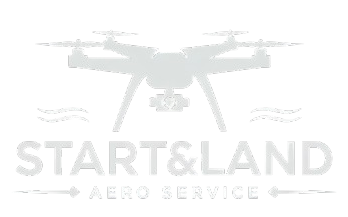With the rise of advanced drone technology, industries ranging from construction to maritime and even power utilities are discovering safer, faster, and more accurate ways to conduct inspections. Drones provide an eye in the sky that can navigate high-risk and hard-to-reach areas, capturing essential data without risking human safety. In this article, we’ll explore how drones are changing the game across various sectors and what benefits they bring to modern inspection practices.
Why Choose Drones for Inspections?
Drone technology allows for unparalleled visual access, high-resolution imaging, and reduced inspection time. Traditional inspections require scaffolding, ladders, and often, dangerous manual checks. Drones eliminate these challenges, capturing images and videos from above and sending back real-time data that helps in spotting problems early.
Industries Benefiting from Drone Inspections
- Construction: Drones help monitor project progress, inspect structures, and manage inventory on construction sites, reducing accidents and saving costs.
- Energy and Utilities: Drone inspections in the energy sector allow companies to survey power lines, pipelines, and even solar farms, often using thermal imaging to detect issues.
- Maritime: For ship inspections, drones assess masts, sails, and rigging without the need for climbers, making it safer for the crew.
- Telecommunications: Telecom towers benefit from drones that can assess heights and check structural integrity, reducing the need for workers to ascend.
The Future of Drone Inspections
As technology evolves, drones will likely integrate AI to identify issues autonomously, further enhancing inspection efficiency. With regulations expanding to support drone usage, drones are set to become standard equipment in industries that prioritize safety, accuracy, and cost-effectiveness.
Conclusion:
Drone inspections are transforming industry standards and providing a cost-effective, safer alternative to traditional methods. Embracing this technology will help businesses keep up with fast-evolving standards and gain a competitive edge.
